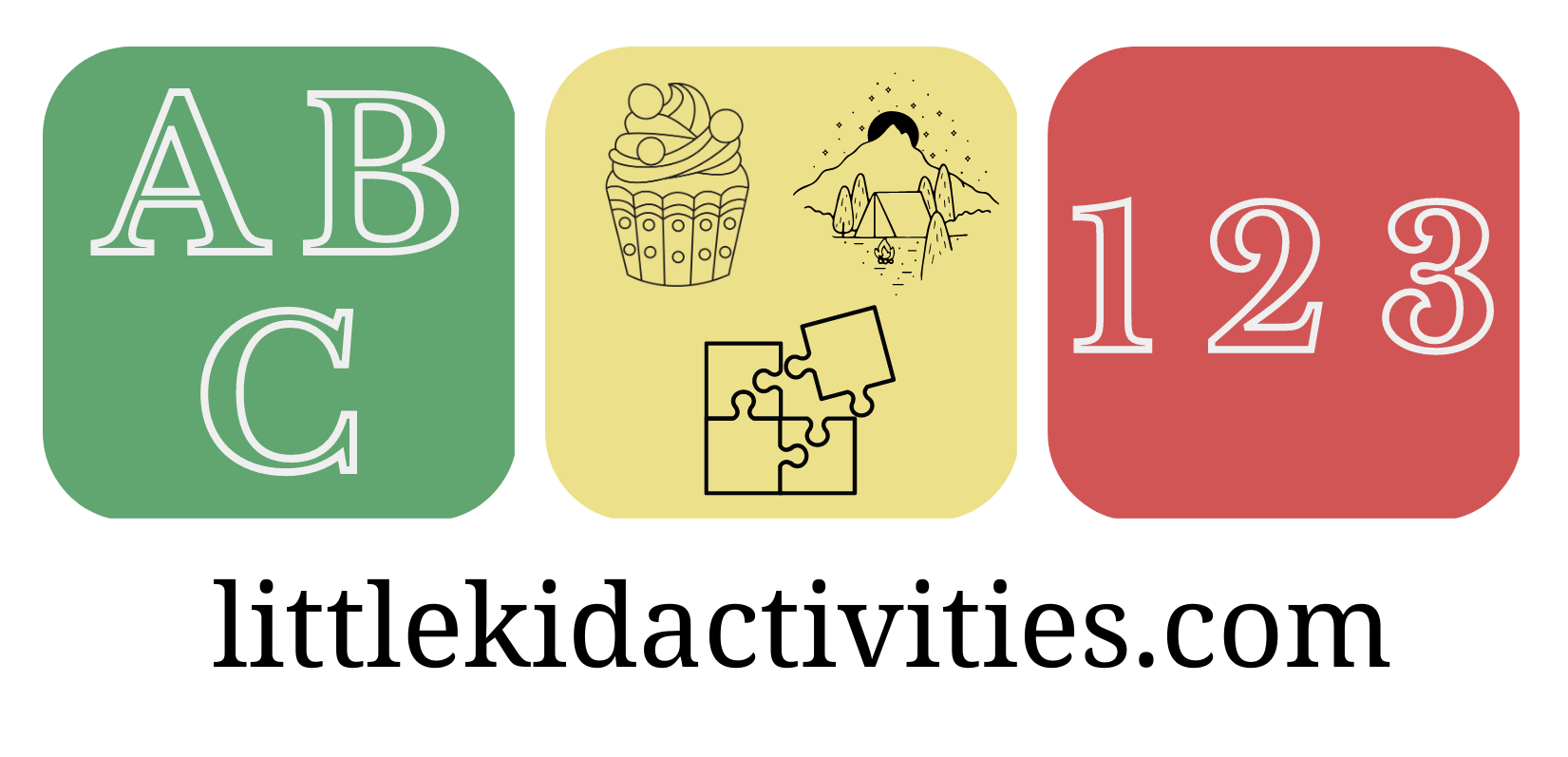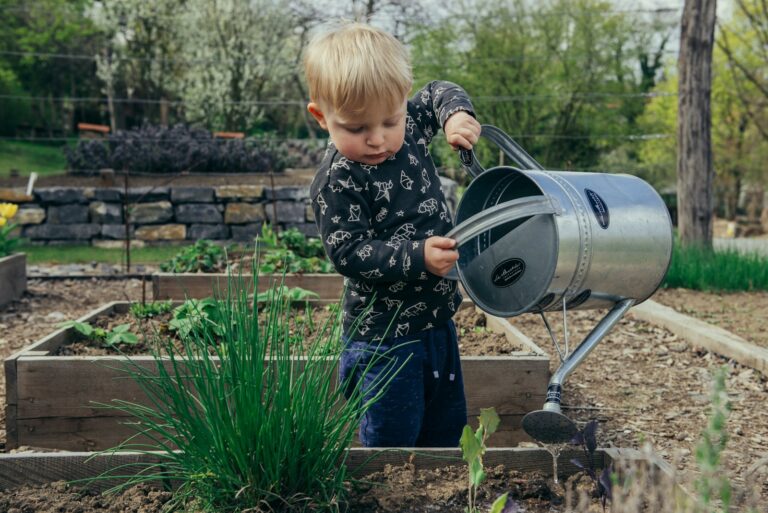9 Simple Strategies to Teach Kids the Value of Respect
Raising respectful kids is one of the most rewarding parts of parenting. Respect isn’t just about saying “please” and “thank you”—it’s a mindset that shapes how children interact with the world. Teaching kids the value of respect helps them build strong relationships, develop empathy, and grow into thoughtful individuals. Plus, it’s a skill that sticks with them for life! Here are nine hands-on, practical ways to instill respect in your little ones.

1. Model Respect Everyday
Kids are like sponges—they soak up what they see. If you want your children to be respectful, show them how it’s done. Speak kindly to others, even when you’re frustrated (yes, even to that slow driver in front of you!). Say “thank you” to the cashier or hold the door for a neighbor. When kids see you living respectfully, they’re more likely to follow suit. It’s not about being perfect; it’s about being consistent.
2. Teach Them to Listen—Really Listen
Respect starts with paying attention. Encourage your kids to listen when someone’s talking, whether you, a teacher, or a friend. Try this: during dinner, have everyone take turns sharing something about their day while the others listen without interrupting. It’s a simple way to show that everyone’s voice matters. Bonus points if you praise them for being great listeners afterward!
3. Role-Play Respectful Scenarios
Kids learn best through play, so why not make respect a game? Set up little scenarios—like pretending to borrow a toy or asking for help—and practice how to respond respectfully. For example, if they snatch a toy, gently guide them to say, “Can I please have a turn?” instead. It’s fun, it’s interactive, and it sticks. Look for role-playing activity ideas on educational websites for kids to spark more creativity.
4. Celebrate Differences
Respect grows when kids understand that everyone’s unique—and that’s a good thing! Read books or watch shows with diverse characters, then chat about what makes each one special. Ask questions like, “How would you feel if someone didn’t like your favorite color?” This builds empathy, which is the heart of respect. Search for book lists on family or educational sites for diverse stories that inspire.
5. Set Clear Boundaries
Respect isn’t just about how kids treat others—it’s also about self-respect. Teach them that saying ” no ” is okay when something feels wrong. For example, if a friend wants to play too rough, help them practice saying, “I don’t like that; please stop.” Clear boundaries show kids that respect goes both ways. It’s a life lesson wrapped in a small, everyday moment.
6. Praise Respectful Actions
Positive reinforcement works wonders. When your child shares a toy, waits their turn, or speaks politely, call it out! Say something like, “I love how you waited so patiently—that’s super respectful!” It’s not about over-the-top rewards; a small praise goes a long way. They’ll start connecting respect with feeling good about themselves.
7. Use Stories to Show Respect in Action
Stories are magic for kids—they make big ideas feel real. Pick a book or movie where characters show respect (think Charlotte’s Web or The Lion King) and talk about it afterward. Ask, “How did Simba show respect to Mufasa?” or “Why did Wilbur listen to Charlotte?” It’s a sneaky way to teach respect without them even realizing it.

8. Practice Gratitude Together
Respect and gratitude go hand in hand. Start a simple habit, like naming one thing you’re thankful for daily. Maybe it’s a teacher who helped them or a friend who shared a crayon. When kids see the good in others, they’re more likely to treat them respectfully. It’s a small step with a big payoff! Check out our blog post about gratitude for more inspiration.
9. Talk About Why Respect Matters
Kids are curious—use that to your advantage. Explain respect in simple terms: “When we’re respectful, we make people feel safe and happy, and they do the same for us.” Tie it to their world—maybe a time a friend shared a snack or a teacher listened to their idea. Keep it short and sweet, but don’t ignore the “why.” Understanding the bigger picture helps respect sink in.
Final Thoughts
Teaching kids respect doesn’t happen overnight, but these small steps add up. Start with one or two ideas and build from there—every respectful moment is a win. What’s your favorite way to teach respect? Drop a comment below; I’d love to hear your thoughts!
Let’s raise a generation that respects themselves and others—it’s worth the effort!







